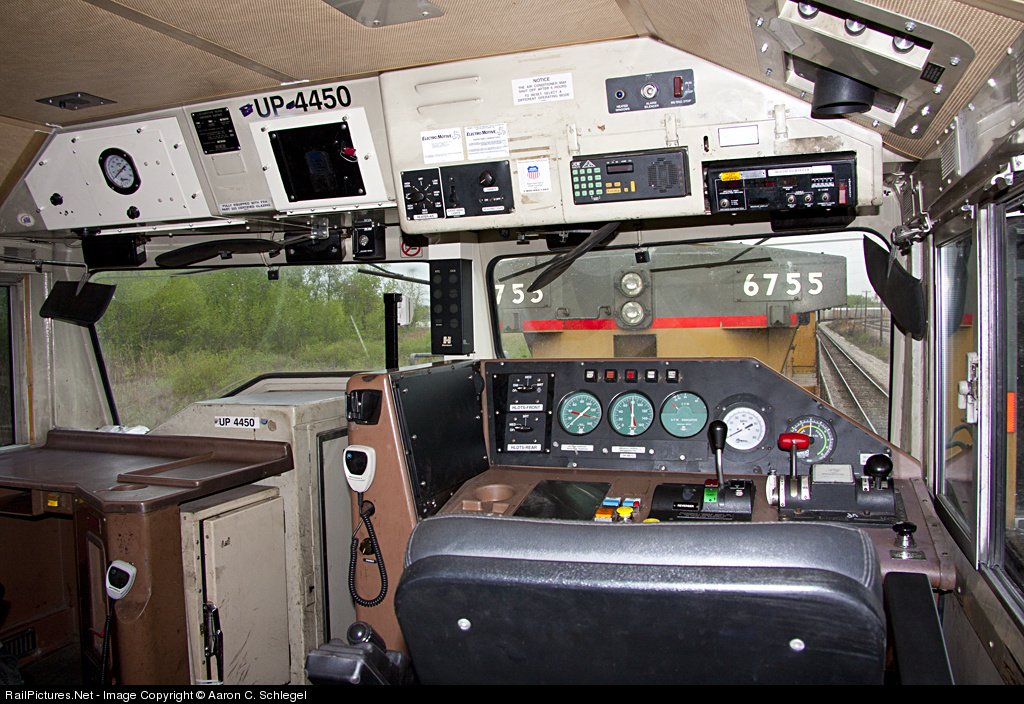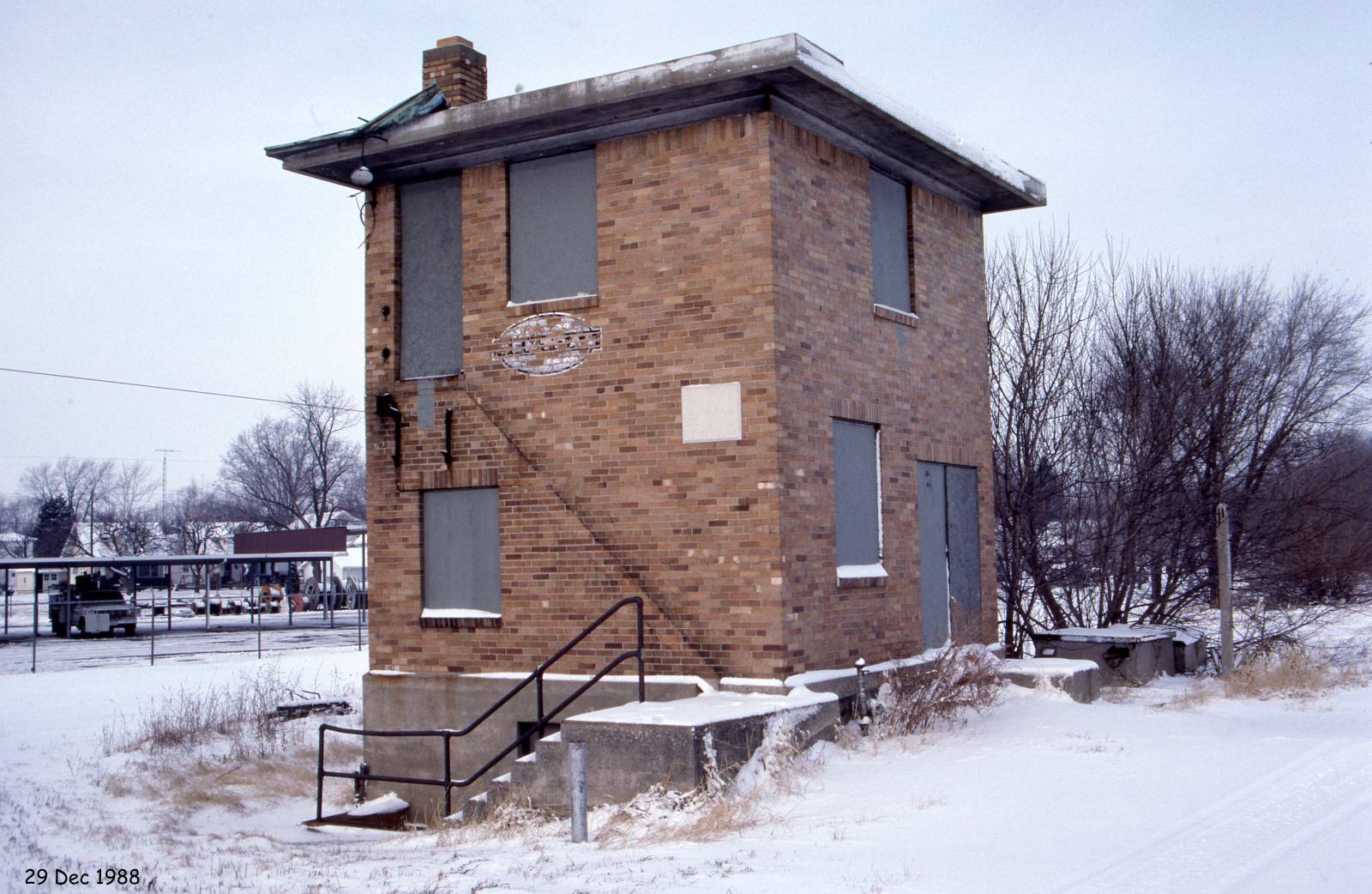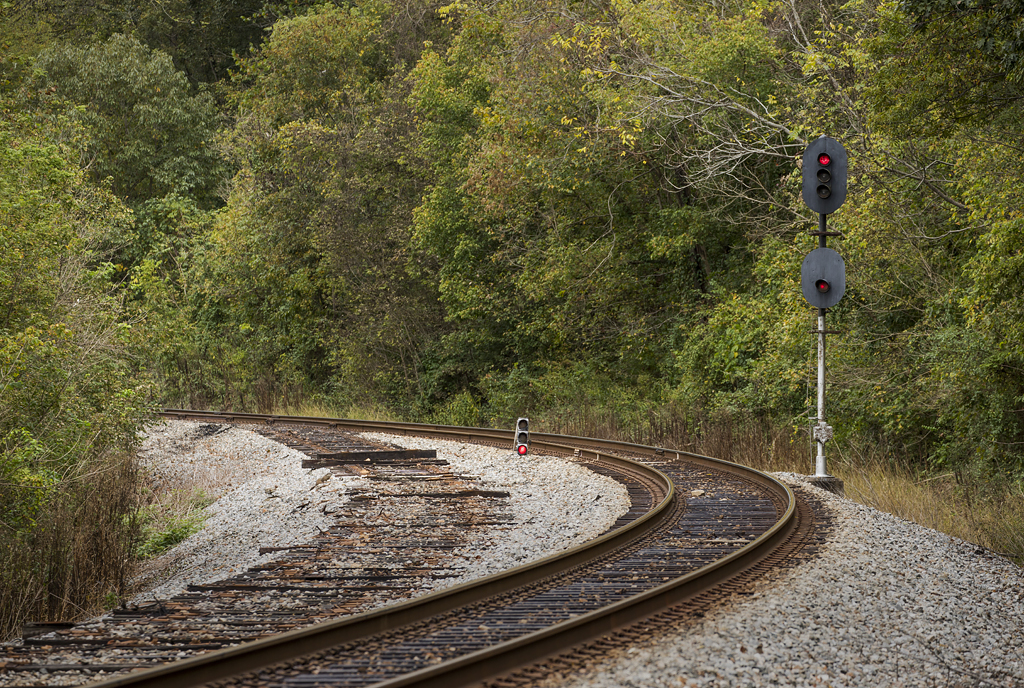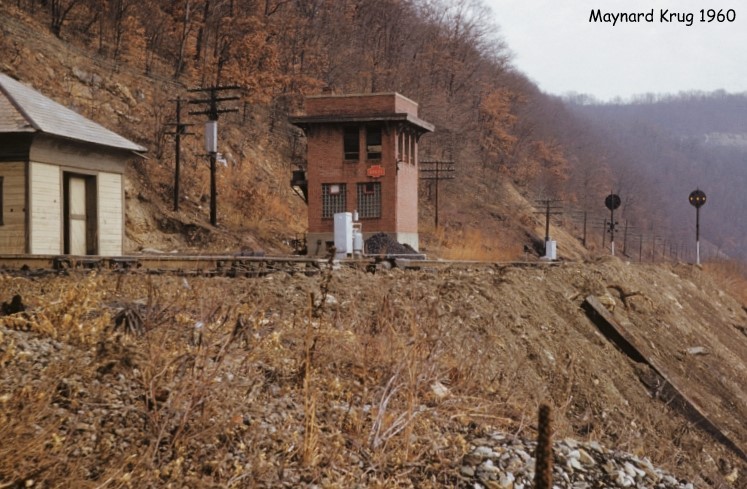Virginia has become somewhat of a purple state both in its politics and its approach to higher speed passenger rail. Recently the state spent billions to purchase a number of key rail lines from CSX to grow service on the DC to Richmond to Raleigh corridor that already sees a significant amount of Amtrak service. From the outset it appeared that Virginia would begin to resemble New York or Pennsylvania with their own NEC adjacent 110mph intercity services and allied commuter rail. Unfortunately CSX's filing on December 23rd to abandon the RF&P cab signaling system (CSS) is threatening to upend these higher speed plans and, unfortunately, the State of Virginia appears to be on board.
As the wireless ETMS PTC system has come online across the country, the Class 1 carriers first moved to abandon their legacy safety systems such as the ex-Santa Fe IIATS and the CNW's legacy 2-aspect cab signaling. This was neither surprising nor controversial due to each system's rather limited capabilities and general lack of industry support. However Union Pacific then filed to discontinue its substantial coded track circuit based Automatic Cab Signaling system claiming that ETMS was a preferable substitute. Saving the accuracy of that assertion for later, UP-ASC did have a number of limitations that made it more difficult to integrate with ETMS the way NS had during its 2016-2018 PRR territory re-signaling project.
 |
| Union Pacific Cab with ATC / ASC Display |
Left out of these moves was CSX, which was generally free of legacy systems except for former Conrail cab signals on the rather isolated Boston and Hudson Lines and the RF&P cab signals (changed to the Conrail/PRR standard) between Washington and Richmond. Although CSX filed to discontinue the in-cab ATC function in 2020, this was superfluous due to ETMS PTC. Then in late 2021 the other shoe dropped with CSX filing a petition with the FRA to completely discontinue and remove CSS using PTC as an excuse and the real shocker is that Amtrak, VRE Commuter Rail and the State of Virginia have signed onto the application as well.
 |
| Cab signal antenna behind the pilot of VRE MP36PH-3C #V50 |
The RF&P CSS forces CSX to cab signal equip a large portion of its locomotive speed so CSX wanting to rid itself of this headache is no surprise. Fear of cab signals is why CSX chose to force a SEPTA-ration of the Trenton Line with the SEPTA Fox Chase and West Trenton services. However getting VRE and Amtrak to sign on is a bit more of a puzzle because of the long term implications, however in the short term VRE would get out of the cab signal business and Amtrak would get to avoid a possible failure and inspection point on every diesel powered train heading out of DC except the Capitol Limited. The filing also mentions that having both CSS/ATC and ETMS active causes some issues for the crews as they have to pay attention to both systems as the CSS/ATC tends to be a bit more restrictive and, at as late as 2011, that would include dropping the cab to Restricting for Medium speed movements within interlocking limits.
Another point in the filing was CSX having to maintain mid-block CSS repeaters and code change points. Although when used for the purposes of CTC, pulse coded track circuits appear to be fine for block lengths of 2 or 3 miles, on CSS equipped lines, the cab signals appear to need repeaters spaced about every mile. I suspect the reason is due to the need for lower power pulse codes that prevent code energy burning through the circuit shunting action of the train axles . In addition to the repeaters it was common practice to put code change points in advance of absolute signals to drop an Approach cab to Restricting about 1500 to 3000 feet in advance of a stop signal. In the 1980's Conrail started using the repeaters to drop cabs in front automatic signals as well and SEPTA picked up that practice for use on the short blocks on the reading viaduct. The diagrams provided in the appendix of the the regulatory filing show cut points between intermediate signals that are only 1 mile apart and also refer to them exclusively as cab signal cuts, so it is safe to assume that when the RF&P re-signaled in the 1980's they adopted the practice of dropping cabs in advance of Stop and Proceed intermediate signals as well.
 |
| RF&P CSS code change point at Milepost 24.1 |
So what's the problem? Why should one care beyond some sort of cab signal nostalgia?
- ETMS is not a cab signaling system and it is unclear if it ever will be or if that is even desirable.
- CSS increases capacity and provides concrete safety benefits that ETMS does not.
- CSS powered ACSES PTC provides a clearer path to 110 and 125mph operation.
- CSS is more resilient.
Second, CSS provides partial moving block functionality that allows for mid-block upgrades as block state is continuously fed to the train via the secure communications channel of the rails. Moreover, those extra cab signal repeaters CSX wants to get rid of can be instead used to provide DOUBLE the number of signal blocks! This is effectively what NS did on its former Conrail territory eliminating automatic wayside signals and creating code change points every mile. The RF&P on he other hand will be left with half the number of fixed signal locations that will need to be physically re-positioned to respond to capacity constraints or higher speeds. In terms of safety, CSS codes are transmitted through the rails. If a rail brakes or anything else suddenly disrupts the track circuit, an approaching train will see a signal drop immediately. ETMS only sees what the signal system sees, a block occupied by...something.
Third, ACSES is Amtrak's transponder and CSS based PTC system that is available off the shelf for speeds up to 150mph. Right now Amtrak is trying to get ETMS certified for 110 in a "couple of years". ACSES is far simpler to set up with no need to download track databases and both CSS and ACSES operate and expanding Rule 562-ACSES south to Richmond and Manassas would unify Virginia passenger rail with those of the entire northeast.
 |
| Rule 562-A Signal Bridge at BERLIN at 100mph. |
Fourth, CSS just works. The technology was developed in the 1920's and can be run with a couple of relays. There is no wireless data link that can be disrupted or hacked. Although NS uses ETMS on its former PRR territory, it does not need to maintain a constant wireless link with trains between blocks because cab signal codes are proof of movement authority (as evidences by the presence of PTC antennas only at interlockings). When deployed with ACSES, CSS and ACSES are independent systems that can each function if the other fails. Currently FRA regulations require a 60mph speed restriction for trains operating with failed PTC, however the limit is 80mph if ATC is present. These 60mph PTC failure restrictions are not a rare occurrence and on the 110mph Michigan Line this will impart 30 to 60 minutes of delay. The freight railroads don't care about a 60mph limit because that's as fast as their trains go.
 |
| Cab Signal equipment box on a Geep |
In summary, discontinuing the RF&P CSS is a massive failure of imagination that will lock the Virginia services into a second tier, freight centric method of operation for decades. It will reduce capacity, and increase service disruptions just to save a little money and hassle in the short term. I've linked the regulatory motion. If there's a way to leave a public comment try to do so and if you know of any advocacy groups that might be in a position to do something, please bring this to their attention. The ultimate shame is that the proper response to accidents such as Chatworth would have been a nation-wide cab signaling requirement. Cheap, simple, effective. Instead the only winners are signal vendors and those that stand to gain from a hobbled rail sector.















































